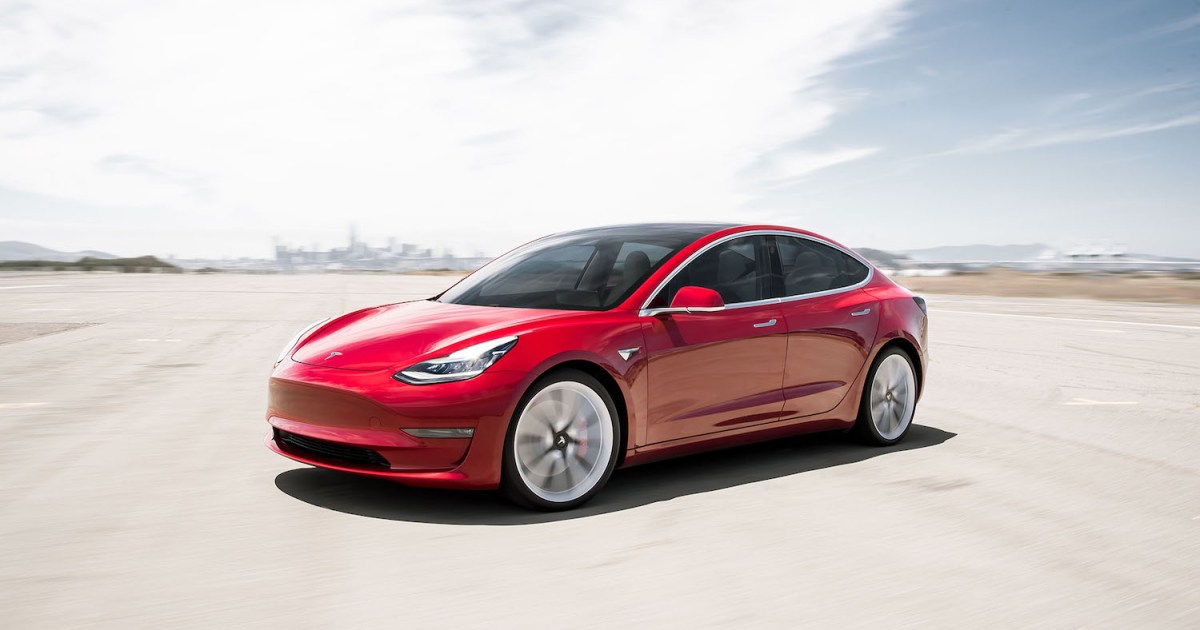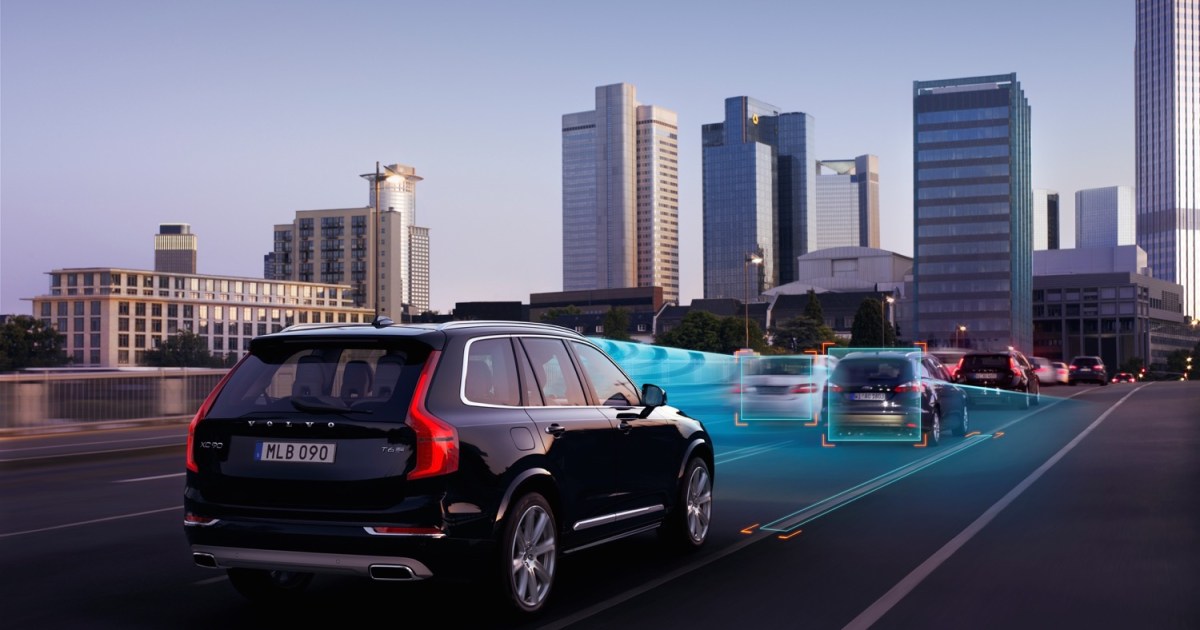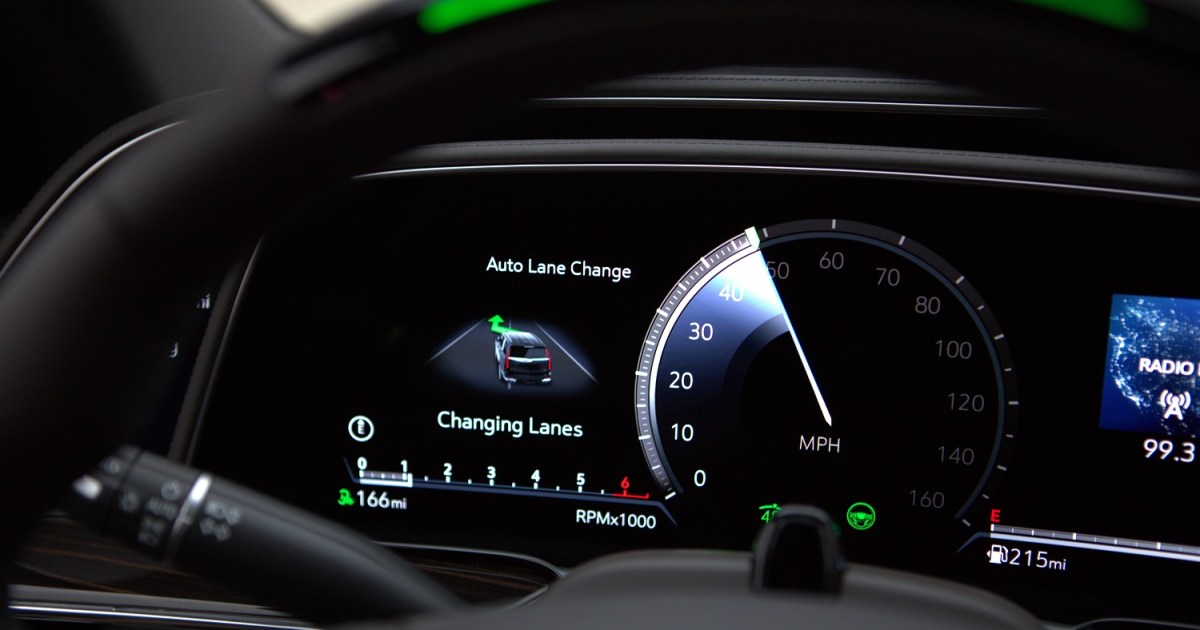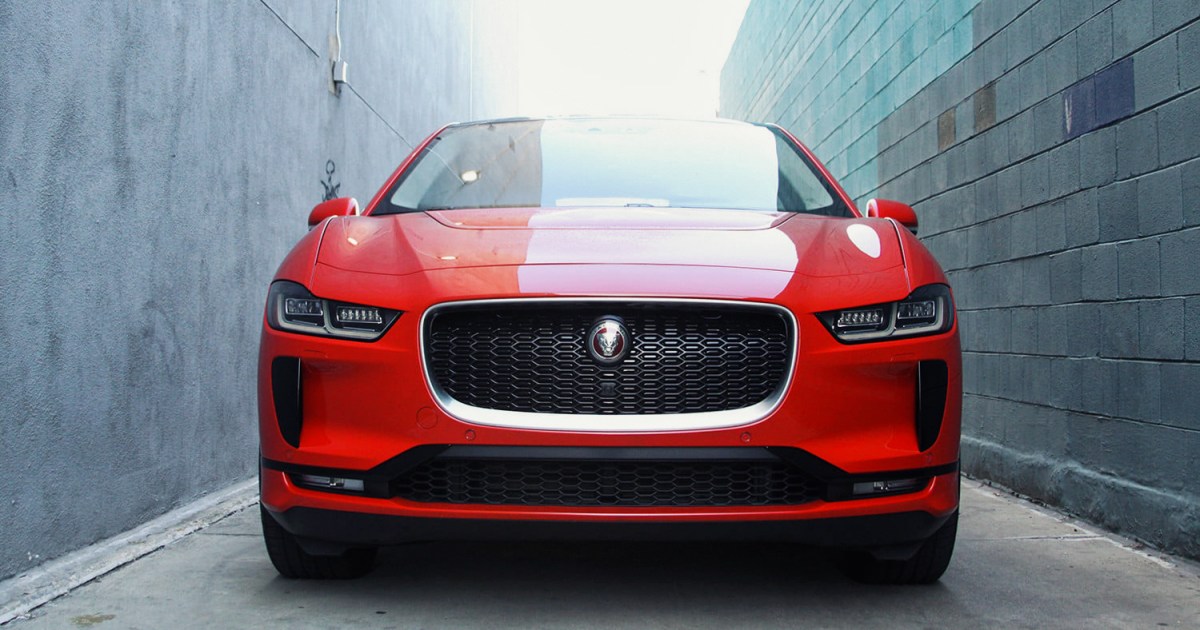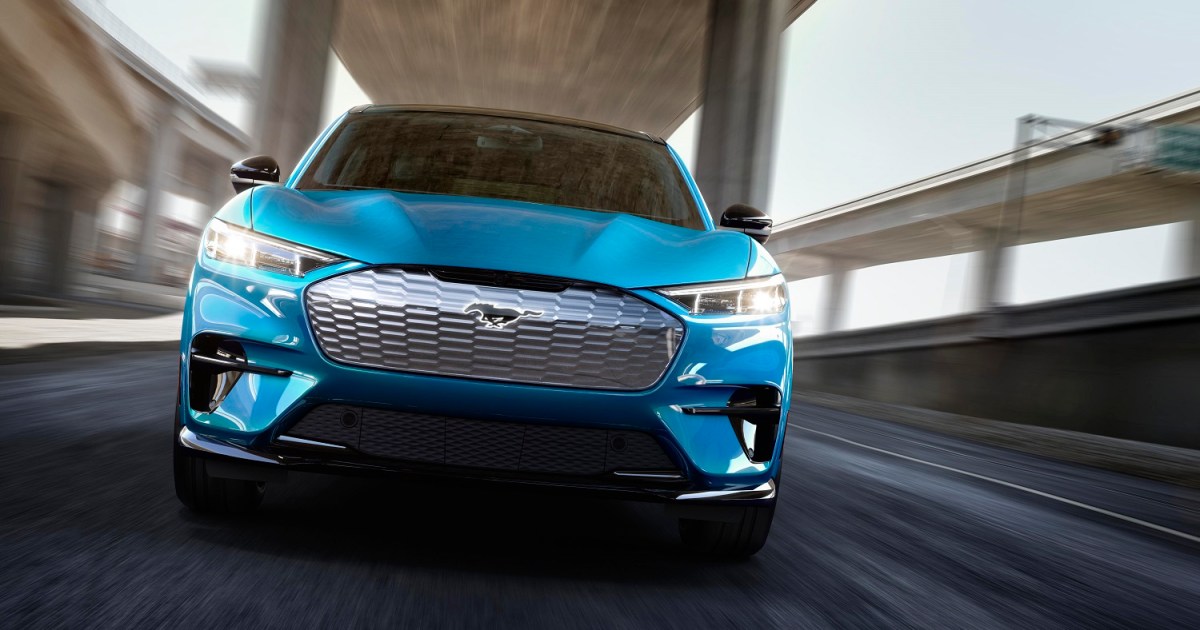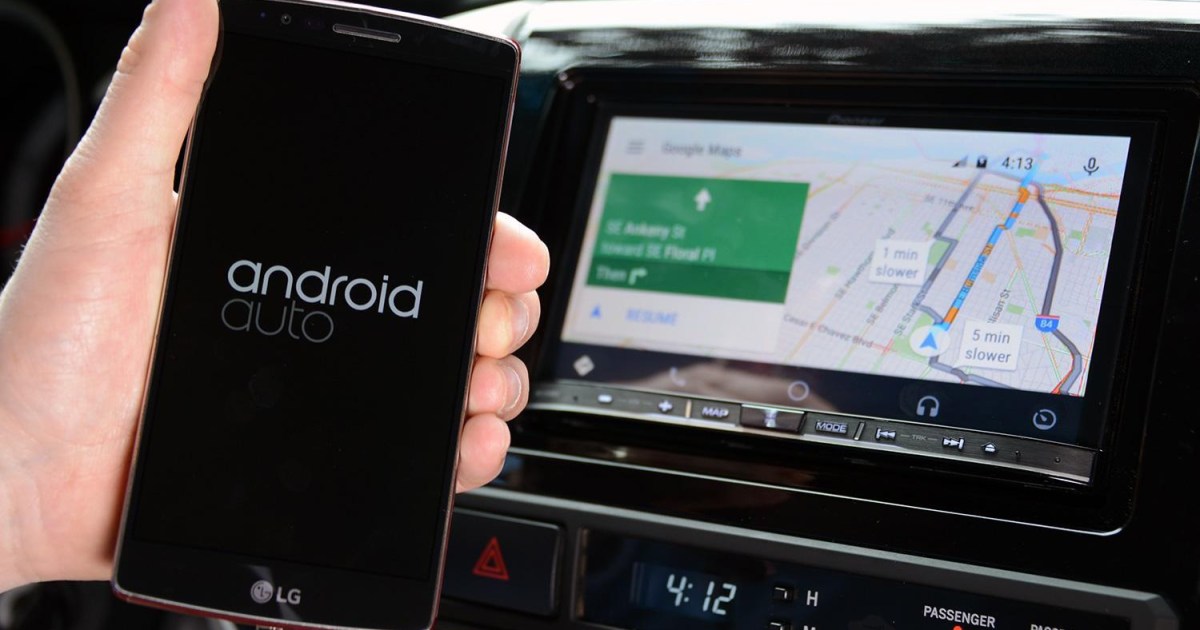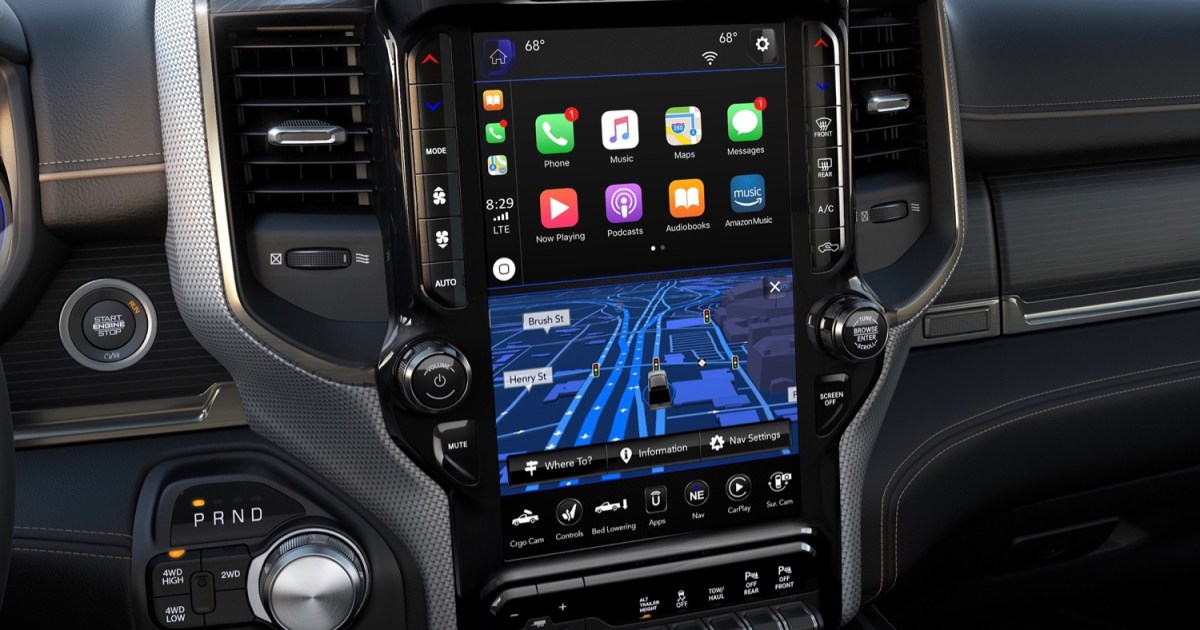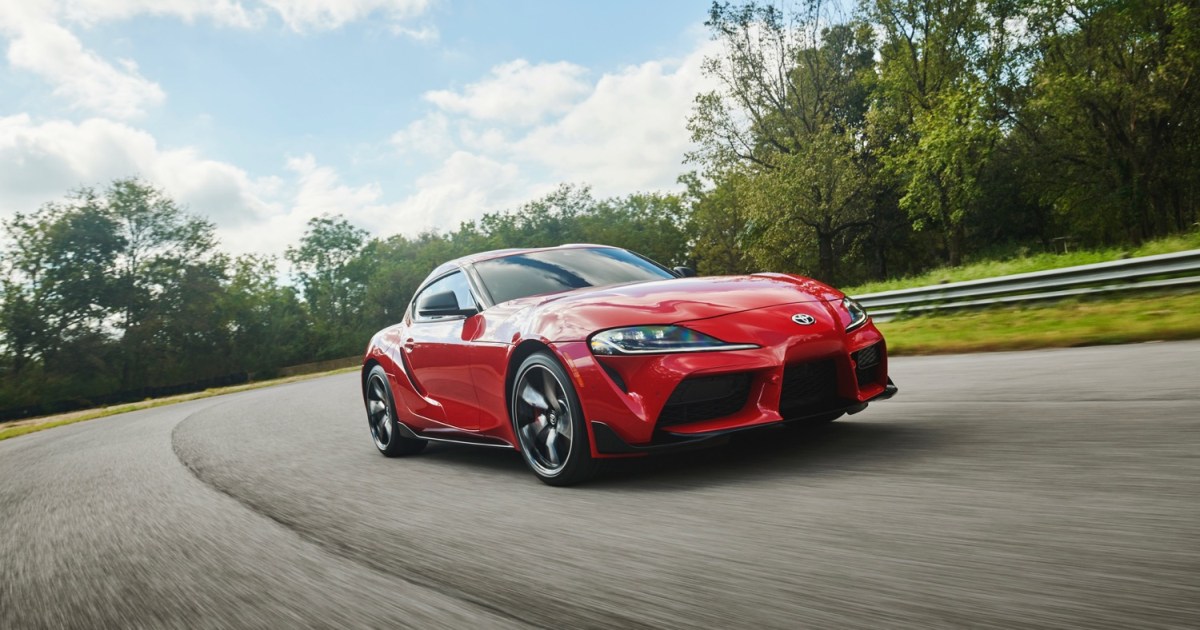Tesla’s Autopilot, despite its name, doesn’t offer fully autonomous driving. It’s a sophisticated driver-assistance system continually refined through over-the-air software updates. Utilizing eight surround-view cameras providing 360-degree visibility up to 820 feet, 12 ultrasonic sensors, and a forward-facing radar, Autopilot gathers data to enable automated steering, acceleration, and braking within its lane. Notably, Tesla has opted against lidar technology, unlike many competitors.
This data-driven system allows for adaptive cruise control functionality, though Tesla emphasizes the need for active driver supervision. While a Tesla can navigate curves automatically, drivers must remain attentive and ready to take control at any moment. Autopilot is not designed to handle all driving situations independently and can request driver intervention without warning.
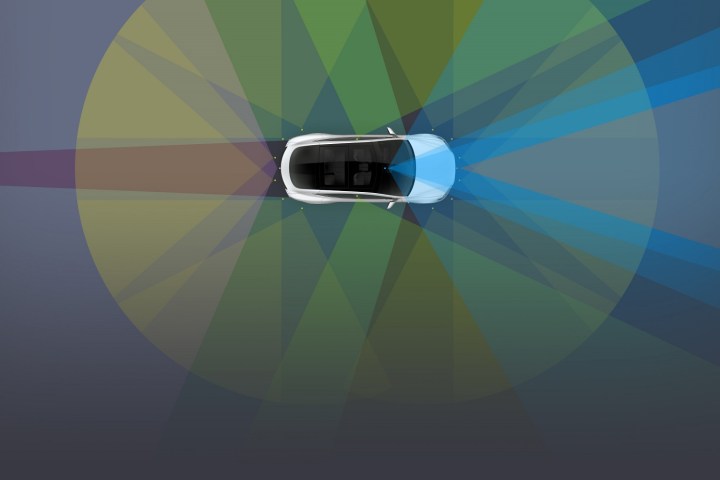 Tesla AutopilotImage used with permission by copyright holder
Tesla AutopilotImage used with permission by copyright holder
Tesla also offers “Full Self-Driving Capability,” an enhanced suite of partially automated features. It’s crucial to understand that this does not enable autonomous driving. This package includes Navigate on Autopilot, suggesting lane changes and managing highway on- and off-ramps; Smart Summon, for automated parking maneuvers; and Traffic and Stop Sign Control, which recognizes and responds to traffic signals and stop signs. This last feature remains in beta testing, meaning users are actively participating in its development.
According to Tesla, approximately 3 billion miles have been driven using Autopilot. While significantly more than comparable systems like Cadillac Super Cruise, Autopilot has been involved in several high-profile accidents, some fatal. Government agencies, including the National Highway Traffic Safety Administration, have investigated Autopilot’s role in these incidents, highlighting the ongoing scrutiny of its safety record.
Tesla Models with Autopilot
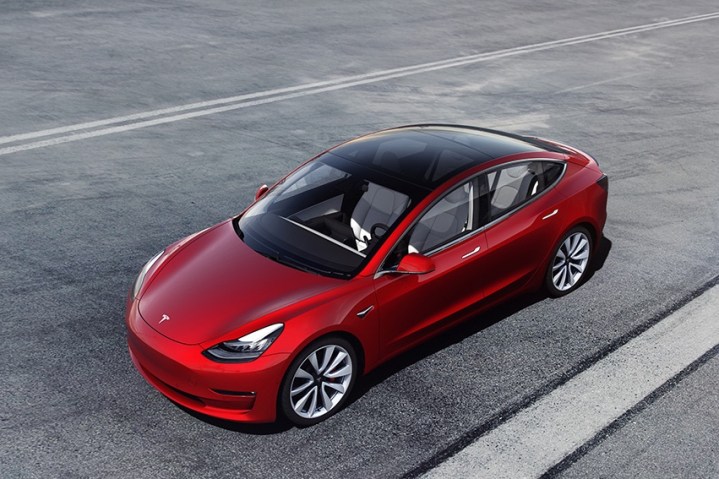 Tesla Model 3Tesla Model 3 with Autopilot engaged
Tesla Model 3Tesla Model 3 with Autopilot engaged
Autopilot is a standard feature across Tesla’s current lineup, including the Model S, Model X, Model 3, and Model Y. It’s also slated for inclusion in the upcoming Cybertruck and second-generation Roadster. As an independent company, Tesla retains exclusive control over its Autopilot technology, meaning no non-Tesla vehicles currently utilize the system. The company has indicated no plans to share this technology in the foreseeable future.



